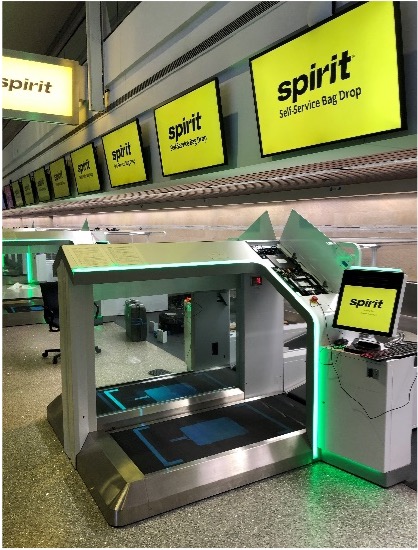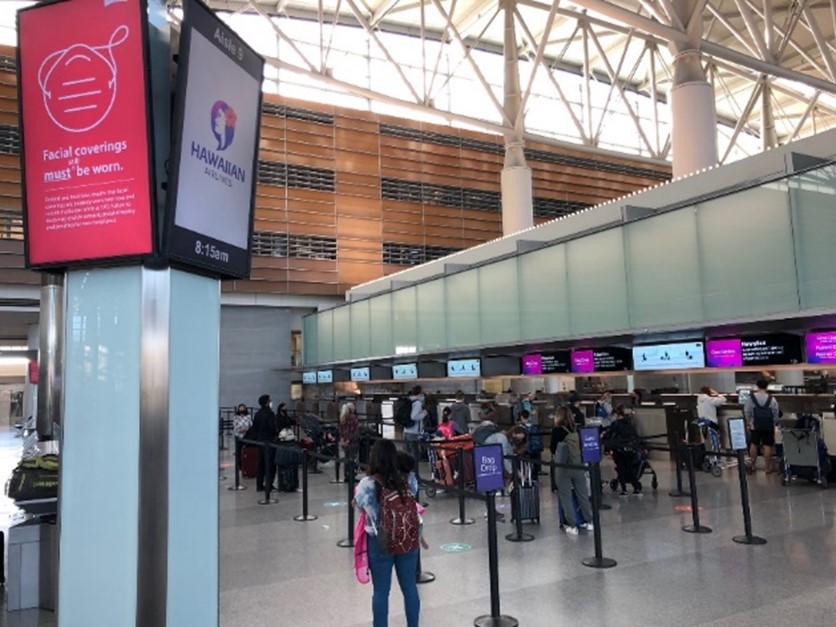
Airport Case Study: San Francisco International Airport
Key Highlights
- New Harvey Milk Terminal 1 is fully common use, similar to “European model“ with full flexibility.
- All terminals constructed or renovated since 2008 have included at least common use backbone infrastructure.
- Operate with a hybrid common use model (cloud and on-premises).
- A trial project for boarding pass or bag tag printing from any common use location that has a printer by scanning a QR code with a mobile app.
- Focused on passenger satisfaction more than speed in queues.
- Noticed lack of adoption for device-based wayfinding tools for passengers.
- A big push to learn how passengers react to the new environment, which includes social media outreach.
- Putting common use electric ground service equipment charge stations at all new facilities.
- Airlines mentioned a desire for close collaboration with the airport on testing new systems and programs.
- Views data as infrastructure and an asset.
San Francisco International Airport has a growing common use program with a focus on operational flexibility. They particularly noticed the effect that a common use program had on easing the transition during airline mergers and during annual gate reallocations. The airport wants to keep growing the program while helping airlines preserve their personal branding and passenger experience. While they admit new risks and responsibilities come with expanding common use, the benefits to flexibility and efficiency are far greater than any added drawbacks.
They also have a QR code-based program to allow for boarding pass and bag tag printing from any common use area. The QR code-enabled printers are helping to expand the possibilities for how airports can arrange check-in halls and bag drop areas.
Focus Systems and Services
- QR code pass / tagging
- Partial jet bridge ownership
- Simplified arrival / Global Entry
Airport Images
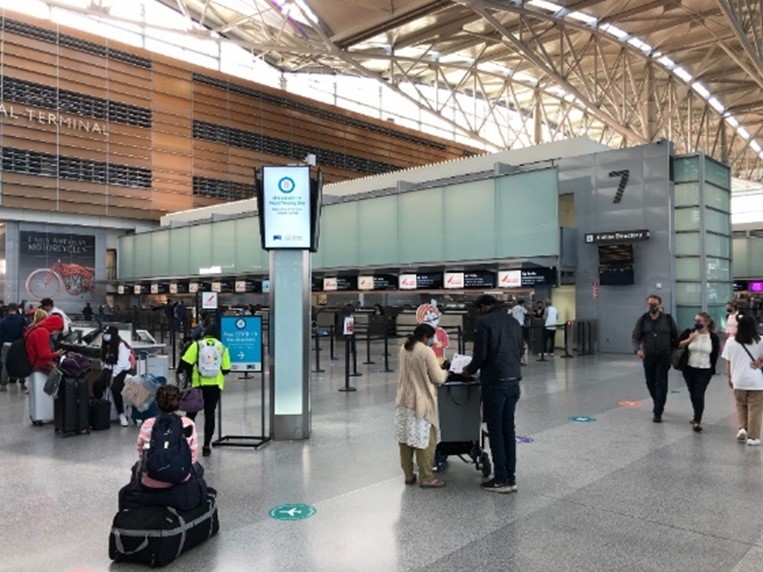
Check-in Hall
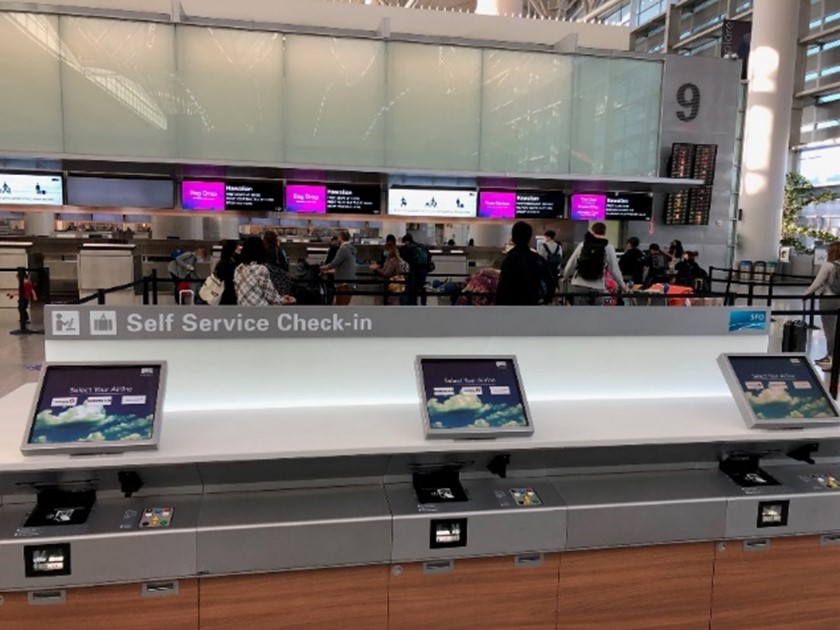
Check-in Counters
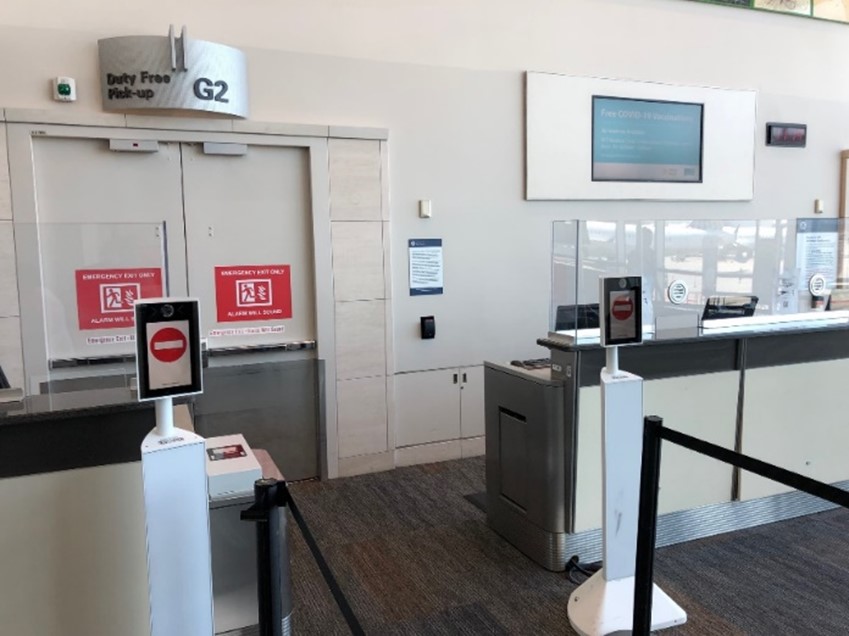
Gates
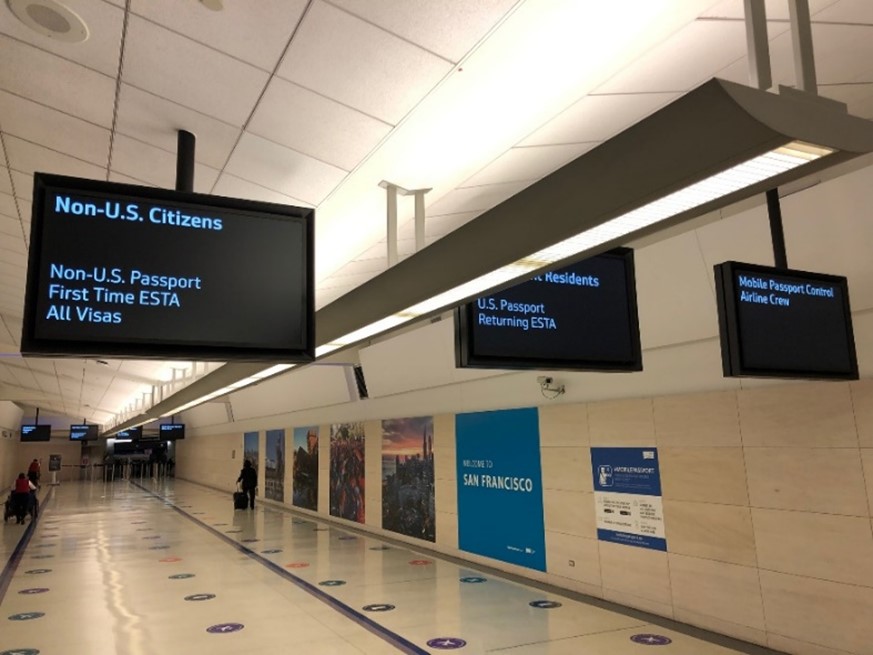
Signage
